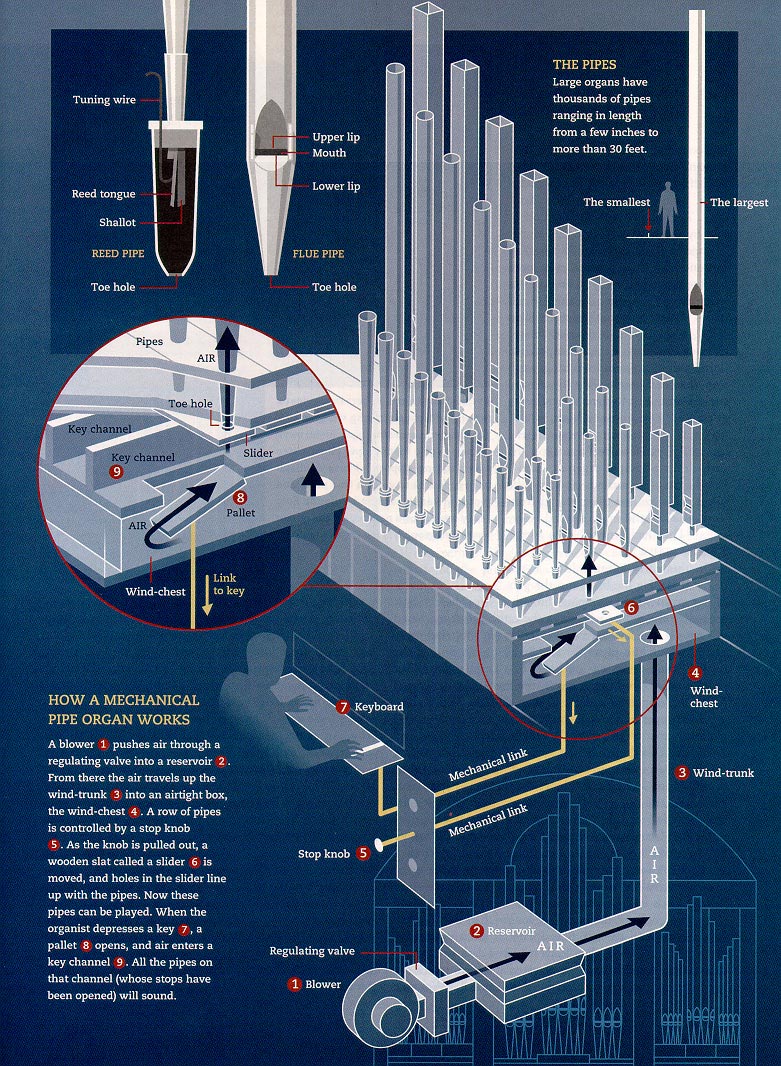We are a proud family owned business that has provided New England with quality sales and services of electric motors, pumps, controls reducers and associated equipment for over 35 years.
Wednesday, December 11, 2013
Wednesday, December 4, 2013
The Pipe Organ And Its Electric Motor
 |
| Photo Credit: http://www41.homepage.villanova.edu/klaus.volpert/photo_albums/king_of_instruments.htm |
Learning the art of music is an arduous yet gratifying challenge. It takes years, if not decades, of practice and performance to fine tune an individuals style of music into a passionate piece of art. Among the grandest of all instruments is the pipe organ. Its sleek design and monumental stature mellifluously fills the open spaces of most religious halls and other open venues.
But despite its large scale stature, the pipe organ is simply a big box with whistles attached. Not too complicated, right? Well not exactly. It's been said back in the day (way back in the day) that two devices were among the most difficult to properly construct. The first was the watch, which explains the prestige of gifted watchmakers. The second was the pipe organ which naturally took a team of builders to properly install.
How does it all work? (In a nutshell)
The pipes in a pipe organ sit on top a hollow wind 'box' or chamber that keeps compressed air funneling through until it reaches the pipes, thus making music. The compressed air is created using bellows or blowers. These bellows are large devices that function with the assistance of electric motors. The electric motor, which is attached to the bellow, creates the pressurized air that fills the chamber until its released by the keys from the organ player. Unlike the piano, the pipe organ cannot increase or decrease its volume by adding different strengths of pressure to its keys. Smaller pipes require less pressured air whereas the larger pipes require more pressured air. To control this pressure, the pipe organ uses 'stops'--knobs that can be pulled out or in to control various pressures released from the chamber. It causes electromagnetic devices beneath the feet of the pipes to move in order to receive the wind that enables the sound.
 |
| Photo Credit: http://pipedreams.publicradio.org/articles/how_a_pipe_organ_works/howapipeorganworks.shtml |
Subscribe to:
Posts (Atom)